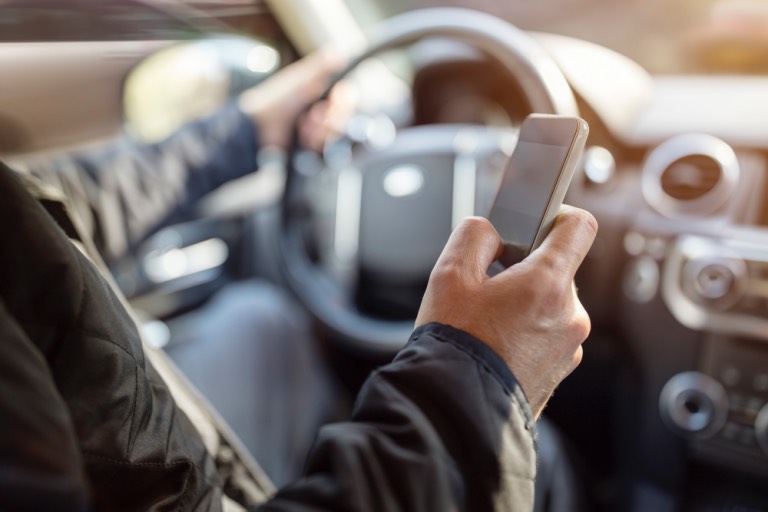Driving distractions are a significant concern for road safety. Christensen Law Firm highlights the importance of understanding why we get distracted while driving and the steps we can take to minimize these risks.
In this article, we’ll explore the various causes of distracted driving and how they impact our ability to drive safely.
The Main Causes of Distracted Driving
A combination of visual, manual, and cognitive distractions often causes distracted driving. These distractions can divert a driver’s attention away from the road, leading to dangerous situations.
Visual Distractions
Visual distractions occur when drivers take their eyes off the road. Common examples include looking at a GPS, reading a text message, or adjusting the radio. Even a momentary glance away from the road can result in an accident.
Manual Distractions
Manual distractions involve drivers taking their hands off the wheel. This can happen when eating, drinking, or using a phone. These activities reduce the driver’s control over the vehicle, increasing the likelihood of a collision.
Connecting these distractions, it’s clear that both visual and manual distractions significantly impair driving ability. Next, let’s examine cognitive distractions.
Cognitive Distractions
Cognitive distractions occur when a driver’s mind is not focused on driving. This can be due to stress, daydreaming, or engaging in deep conversations.
The Impact of Stress
Stress can severely affect a driver’s concentration. When stressed, a driver may become preoccupied with their thoughts, which can lead to missing important cues on the road, such as traffic signals or the actions of other drivers.
Daydreaming and Mental Distractions
Daydreaming or letting the mind wander can also be dangerous. Drivers may lose track of their surroundings, resulting in slower reaction times and an increased risk of accidents. Being mentally present is crucial for safe driving.
Now that we’ve discussed cognitive distractions let’s explore the influence of in-car interactions on driving distractions.
Interacting with Passengers
Talking to passengers can be a significant source of distraction. While conversations are a normal part of driving with others, they can take the driver’s attention away from the road.
Conversations with Passengers
Engaging in conversations can divert a driver’s attention, especially if the discussion is intense or emotional. It’s important for drivers to recognize when a conversation is becoming a distraction and to focus on driving.
Handling Children and Pets
Dealing with children or pets in the car can also be distracting. Attending to their needs often requires taking their eyes off the road and hands off the wheel. Planning ahead can help mitigate these distractions.
Having covered in-car interactions, let’s consider the distractions caused by eating and drinking while driving.
Eating and Drinking
Eating and drinking while driving is a common but dangerous habit. It requires the use of hands and diverts attention from the road.
The Risks of Eating While Driving
Eating while driving involves both manual and cognitive distractions. Handling food can take hands off the wheel, while focusing on eating can take the mind off driving. This combination can significantly increase the risk of an accident.
Drinking Beverages
Drinking beverages, especially hot ones, can be just as distracting. Spills can cause a driver to react suddenly, leading to loss of control of the vehicle. Keeping drinks secure and only consuming them when the vehicle is stopped is safer.
Conclusion
As we conclude, it’s important to summarize how these distractions collectively affect driving and what steps can be taken to minimize them. Distracted driving is a major cause of road accidents, and understanding the different types of distractions can help mitigate this risk.
By being aware of visual, manual, and cognitive distractions, drivers can take proactive steps to minimize their impact.
Whether it’s avoiding phone use, managing stress, or refraining from eating and drinking while driving, these measures can contribute to safer driving practices, emphasizing the importance of staying focused on the road to ensure the safety of all road users.
